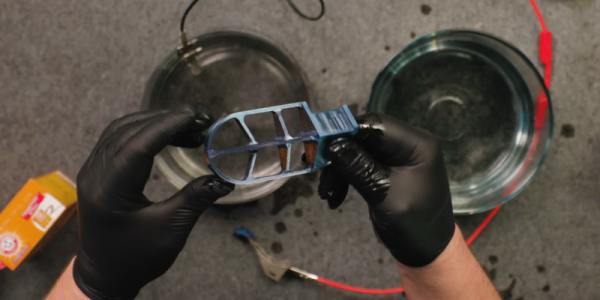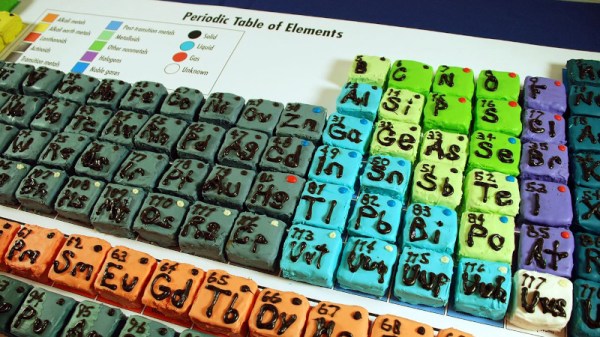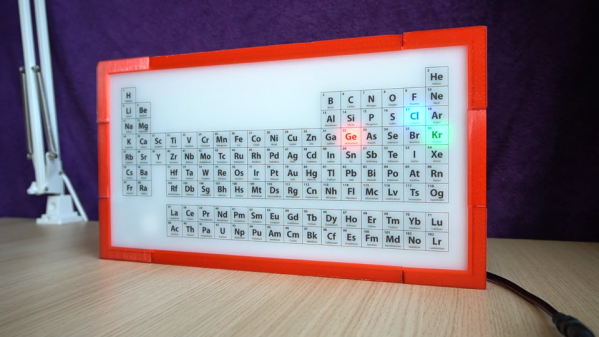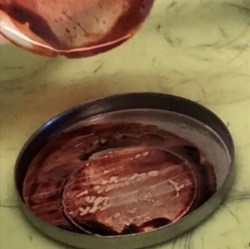Much to the chagrin of Eastman Kodak, the world has moved on from chemical photography into the realm of digital, thanks to the ease of use and high quality of modern digital cameras. There are a few photographers here and there still using darkrooms and various chemical processes to develop film, and the most common of these use some type of chemistry based on silver to transfer images to paper. There are plenty of alternatives to silver, though, each with their unique style and benefits, like this rarely-used process that develops film using platinum.
This process, notable for its wide tonal range, delicate highlights, and rich blacks, produces only black and white photographs. But unlike its silver analog, it actually embeds the image into the paper itself rather than holding the image above the paper. This means that photographs developed in this manner are much more resilient and can last for much longer. There are some downsides to this method though, namely that it requires a large format camera and the negatives can’t be modified to produce various sized images in the same ways that other methods allow for. Still, the results of the method are striking for anyone who has seen one of these images in person.
As to why this method isn’t more common, [Matt Locke] describes a somewhat complicated history involving the use of platinum to create commercial fertilizers, which is an identical process to that of the creation of explosives, which were needed in great numbers at the same time this photographic method was gaining in popularity. While the amount of research and development that goes into creating weapons arguably generates some ancillary benefit for society, the effects of war can also serve to divert resources away from things like this.


















